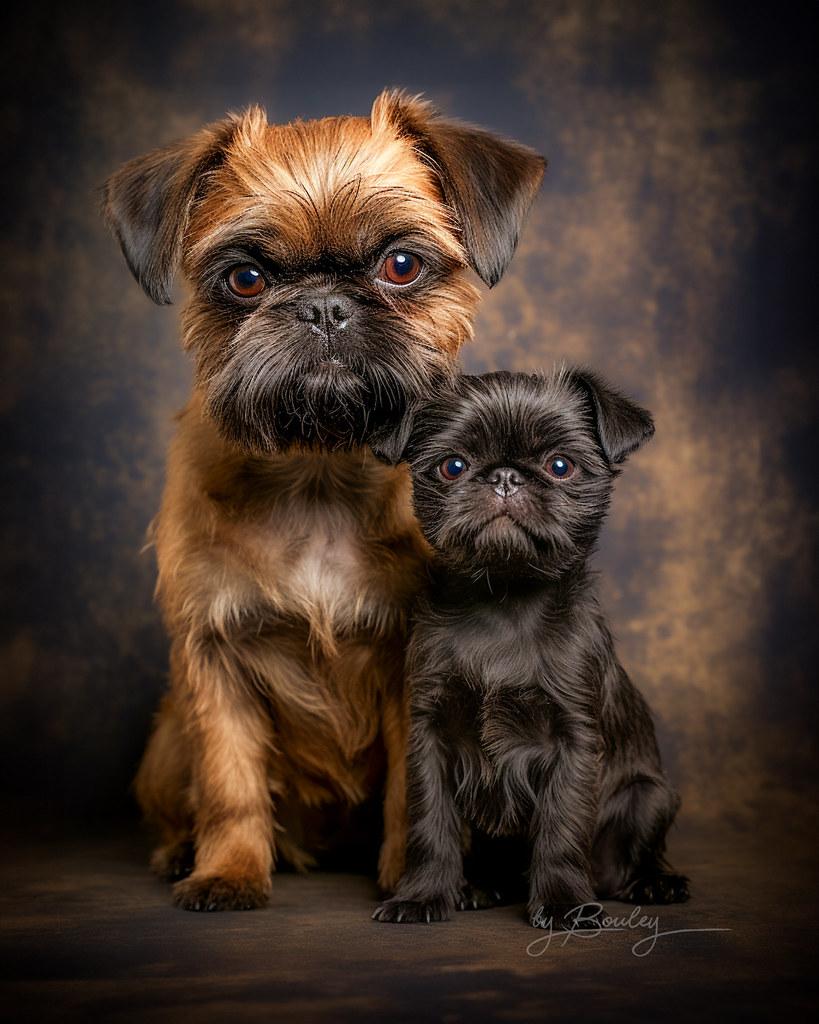Introducing a new toy to your dog can be an exciting adventure for both of you, filled with wagging tails and joyful discoveries. Dogs, much like children, thrive on stimulation and play, and a new toy can offer them both mental and physical enrichment. However, not every introduction goes off without a hitch. Just like us, dogs can be creatures of habit, and sometimes a new addition to their world can be met with hesitation. In this guide, we’ll walk you through the gentle art of introducing your furry friend to a new toy, ensuring the experience is not only fun but also strengthens the bond you share. With patience, understanding, and a sprinkle of creativity, you’ll soon have your dog eagerly embracing their new plaything.
Choosing the Perfect Toy for Your Pups Personality
Understanding your dog’s personality is key to finding a toy that they will truly love. Some dogs are energetic and playful, requiring toys that can withstand their spirited antics, while others might be more cautious and gentle, preferring something soft and comforting. Consider the following traits to guide your choice:
- Adventurous Dogs: Look for durable, interactive toys like rubber balls or tug ropes that can withstand hours of play.
- Gentle Souls: Plush toys or squeakers that offer a soft touch can be perfect for snuggling and mild play.
- Curious Minds: Puzzle toys or treat dispensers can stimulate their minds and satisfy their love for problem-solving.
- Chewers: Strong, chew-resistant toys are ideal to keep their jaws busy and prevent destructive behavior.
By aligning the toy with your pup’s unique characteristics, you not only ensure they will enjoy their new plaything, but also foster their happiness and well-being.

Creating a Safe and Inviting Play Environment
Designing a haven for your pup to explore their new toy is essential for their comfort and safety. Start by selecting a spacious area free from sharp objects or potential hazards. This allows your dog to move freely without the risk of injury. Ensure the environment is free from distractions such as loud noises or other pets, as this will help your dog focus solely on the new toy.
Consider incorporating some cozy elements to make the space more inviting. A few ideas include:
- A soft blanket or dog bed for comfort.
- Access to fresh water to keep them hydrated.
- Ample natural light to create a cheerful atmosphere.
By thoughtfully arranging the play environment, you foster a sense of security and curiosity, making it easier for your furry friend to embrace their new toy with enthusiasm.

Encouraging Curiosity and Exploration with Positive Reinforcement
When introducing your dog to a new toy, it’s essential to make the experience exciting and rewarding. By employing positive reinforcement, you can foster an atmosphere of curiosity and enthusiasm. Start by showing your dog the toy and let them sniff it, observing their initial reactions. Praise them warmly for any interest they show, whether it’s a wagging tail or a curious sniff. This is the first step in building a positive association.
- Play together: Engage with the toy yourself to demonstrate its fun potential. Roll it, squeak it, or toss it gently, encouraging your dog to join in.
- Reward curiosity: Whenever your dog interacts with the toy, offer a treat or a cheerful “good dog!” to reinforce their exploratory behavior.
- Be patient: Some dogs may need time to warm up to new toys. Allow them to explore at their own pace, ensuring they feel comfortable and secure.
By turning the introduction into a game and offering positive feedback, you create an enriching environment that encourages your dog to explore new things with confidence and joy.
Observing and Adapting to Your Dogs Play Style
When introducing a new toy to your furry friend, it’s crucial to observe and adapt to their unique play style to ensure they enjoy and engage with the toy safely. Every dog has a distinct personality, and their preferences can vary widely. Start by paying attention to how your dog interacts with their current toys and surroundings. Do they prefer to chew, fetch, or tug? Are they more interested in toys that squeak or those that challenge their intellect? Understanding these nuances will guide you in selecting toys that are not only safe but also entertaining for your pet.
- Chewers: If your dog loves to gnaw, opt for durable toys made of rubber or nylon that can withstand their enthusiastic chomping.
- Fetchers: For those who enjoy a good game of fetch, consider balls or frisbees that are easy to grip and fly far.
- Tuggers: If your pup enjoys tug-of-war, look for rope toys that are sturdy and safe for interactive play.
- Problem Solvers: Puzzle toys or treat dispensers can be excellent for dogs that thrive on mental challenges.
Adapting to your dog’s play style not only enhances their enjoyment but also helps in strengthening your bond. Remember, safety comes first, so regularly inspect toys for wear and tear, and replace them when necessary to keep playtime fun and secure.

